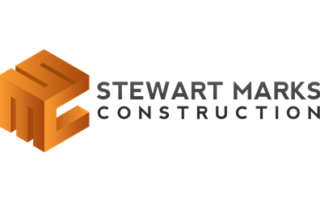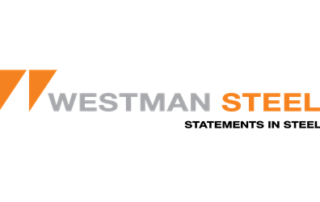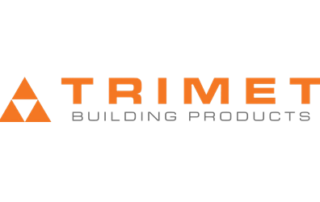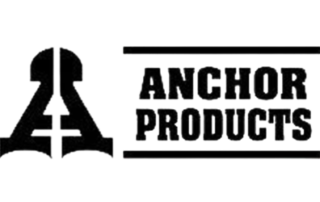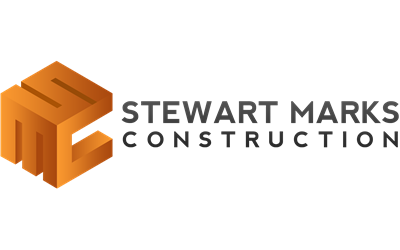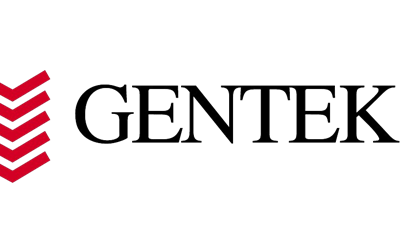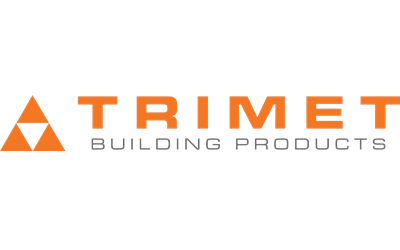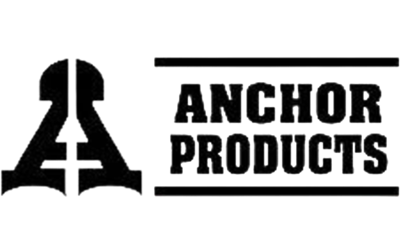Galvannealed Steel
Galvannealed Steel (also known as “satin coat”) is created by two processes which, when combined, produce specialized sheets of steel. In the first process (galvanizing), the carbon steel is ran through a hot-dip galvanizing process where it emerges with a metallic coating of zinc on both sides of the strip.
Immediately as the strip exits the zinc coating bath, the steel begins the second process (annealing) where the molten zinc coating is subjected to an in-line heat treatment that converts the entire coating to a zinc-iron alloy. In this final process, the iron diffuses from the steel into the coating giving it a very fine, greyish matte finish.
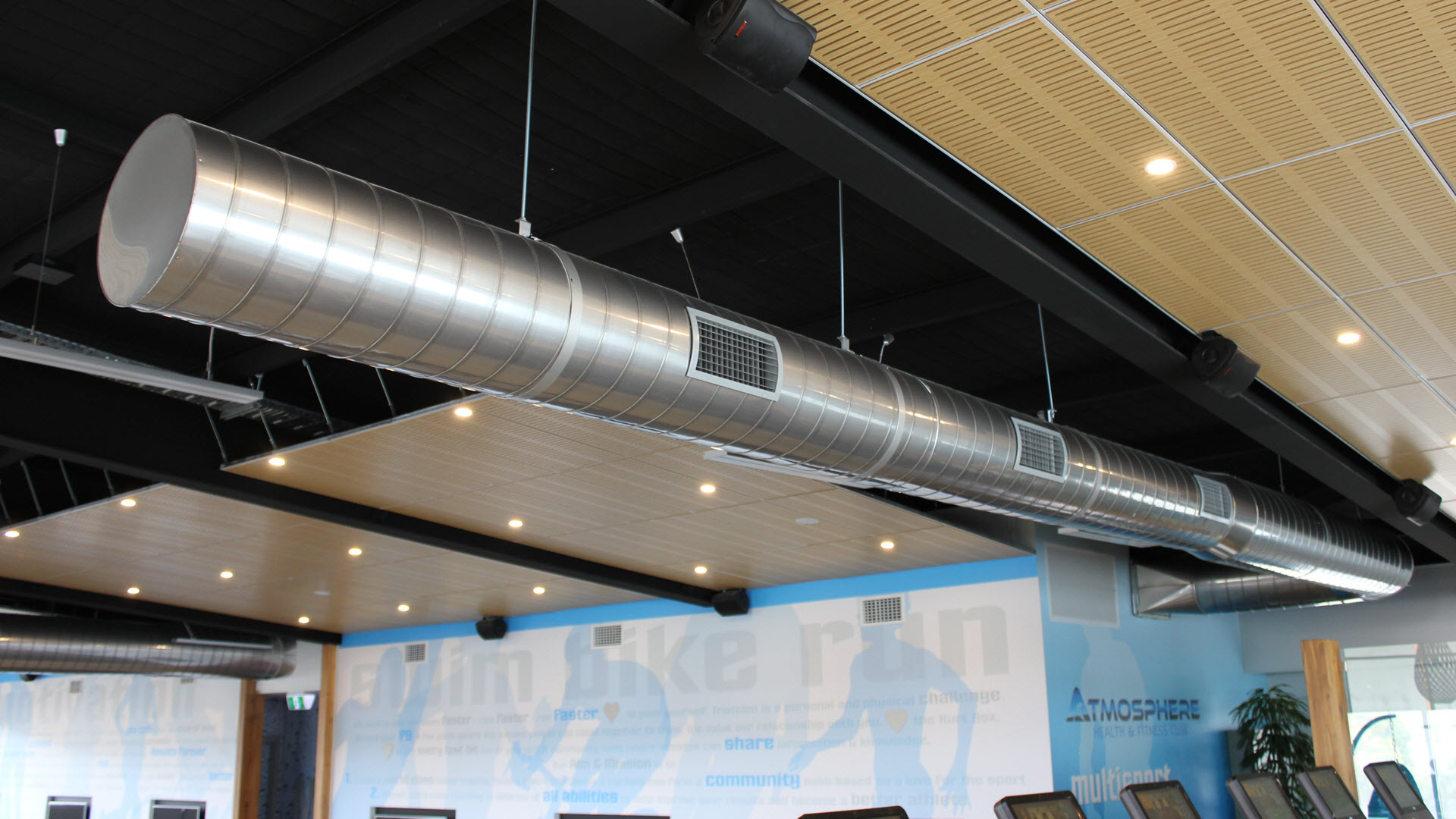
Benifits
Paintability
The very fine matte finish of Gavannealed Steel acts like a primer, allowing paint to adhere easily. It can be painted without the application of a pretreatment, although a pretreatment will enhance the performance after painting. In fact, the brittle nature of the coating makes forming the material after painting a difficult task. Therefore, galvannealed is not intended to be pre-painted. In order to avoid degradation of the corrosion performance in subsequent service, galvannealed sheet is specifically designed to be used in applications where the material will be post-painted.Joining
The Steel’s zinc iron alloy coating can be more easily welded than other steel products. Galvannealed products can also be readily joined by various methods including riveting, soldering, spot welding and adhesives.- Corrosion Resistance
The Galvannealed finish is very rust proof. In the event Galvannealed Steel comes in contact with water, only white to dark grey marks will appear. Additionally, the coating is less reactive when exposed to the atmosphere and, as a result, the dissolution that occurs during corrosion occurs more slowly than for a galvanized coating. Formability
The Galvannealed coating is very hard, and thus not as easily scratched when handling. The harder zinc-iron alloy powders on deformation, unlike pure zinc coatings, which can gall and flake. Galvannealed Steel does not flake off its galvanized coating when formed, stamped or bent.Adherence
Even though Galvannealed Steel has a hard, relatively brittle coating, it can be bent, stretched and drawn when correct sheet manufacturing and part forming procedures are used, such as with deep-draw applications.ASTM Specifications
ASTM Designation A653 outlines the general requirements for hot-dipped Galvannealed Sheet. Included in this specification are steel chemistry requirements and typical mechanical properties of the various metallurgical grades. ASTM A653 also includes the coating weight requirements for the different coating designations.- Coating Thickness
Coating thickness is measured as the coating weight in ounces per square foot. For example, the coating designation A40 specifies there is a minimum coating weight of 0.40 ounces per square foot on both sides of the sheet.
Benifits
Paintability
The very fine matte finish of Gavannealed Steel acts like a primer, allowing paint to adhere easily. It can be painted without the application of a pretreatment, although a pretreatment will enhance the performance after painting. In fact, the brittle nature of the coating makes forming the material after painting a difficult task. Therefore, galvannealed is not intended to be pre-painted. In order to avoid degradation of the corrosion performance in subsequent service, galvannealed sheet is specifically designed to be used in applications where the material will be post-painted.Joining
The Steel’s zinc iron alloy coating can be more easily welded than other steel products. Galvannealed products can also be readily joined by various methods including riveting, soldering, spot welding and adhesives.- Corrosion Resistance
The Galvannealed finish is very rust proof. In the event Galvannealed Steel comes in contact with water, only white to dark grey marks will appear. Additionally, the coating is less reactive when exposed to the atmosphere and, as a result, the dissolution that occurs during corrosion occurs more slowly than for a galvanized coating. Formability
The Galvannealed coating is very hard, and thus not as easily scratched when handling. The harder zinc-iron alloy powders on deformation, unlike pure zinc coatings, which can gall and flake. Galvannealed Steel does not flake off its galvanized coating when formed, stamped or bent.Adherence
Even though Galvannealed Steel has a hard, relatively brittle coating, it can be bent, stretched and drawn when correct sheet manufacturing and part forming procedures are used, such as with deep-draw applications.ASTM Specifications
ASTM Designation A653 outlines the general requirements for hot-dipped Galvannealed Sheet. Included in this specification are steel chemistry requirements and typical mechanical properties of the various metallurgical grades. ASTM A653 also includes the coating weight requirements for the different coating designations.- Coating Thickness
Coating thickness is measured as the coating weight in ounces per square foot. For example, the coating designation A40 specifies there is a minimum coating weight of 0.40 ounces per square foot on both sides of the sheet.
Chemical Treatment
The “chem-treat dry” surface treatment consists of an application of a thin, invisible, corrosion inhibiting, inorganic, chemical film on the zinc surface. This film is applied at the galvanizing line by dipping into a solution of corrosion inhibiting chemicals. The chemically treated surface is much more resistant to “white rust” – the corrosion of zinc that typically occurs in humid conditions during storage or transportation.
End-Use Applications
Galvannealed Steel products are increasingly in demand. They are found in a wide variety of applications requiring long-term maintenance-free corrosion protection, such as bridges, industrial mills, recreation centres, utility industries, oil refineries and petrochemical industries, automotive industry, and for miscellaneous highway uses such as guard rails, lights, signs and fencing. This Steel is also used in the manufacturing of doors and door frames, electric equipment, and other end-use products requiring a metal with good paint ability and long reliable service life.
Trusted Partners
Armour Cladding is proud to have created several stable and long-term relationships with various partners to ensure we provide you with the greatest product and value possible.
Trusted Partners
Armour Cladding is proud to have created several stable and long-term relationships with various partners to ensure we provide you with the greatest product and value possible.


